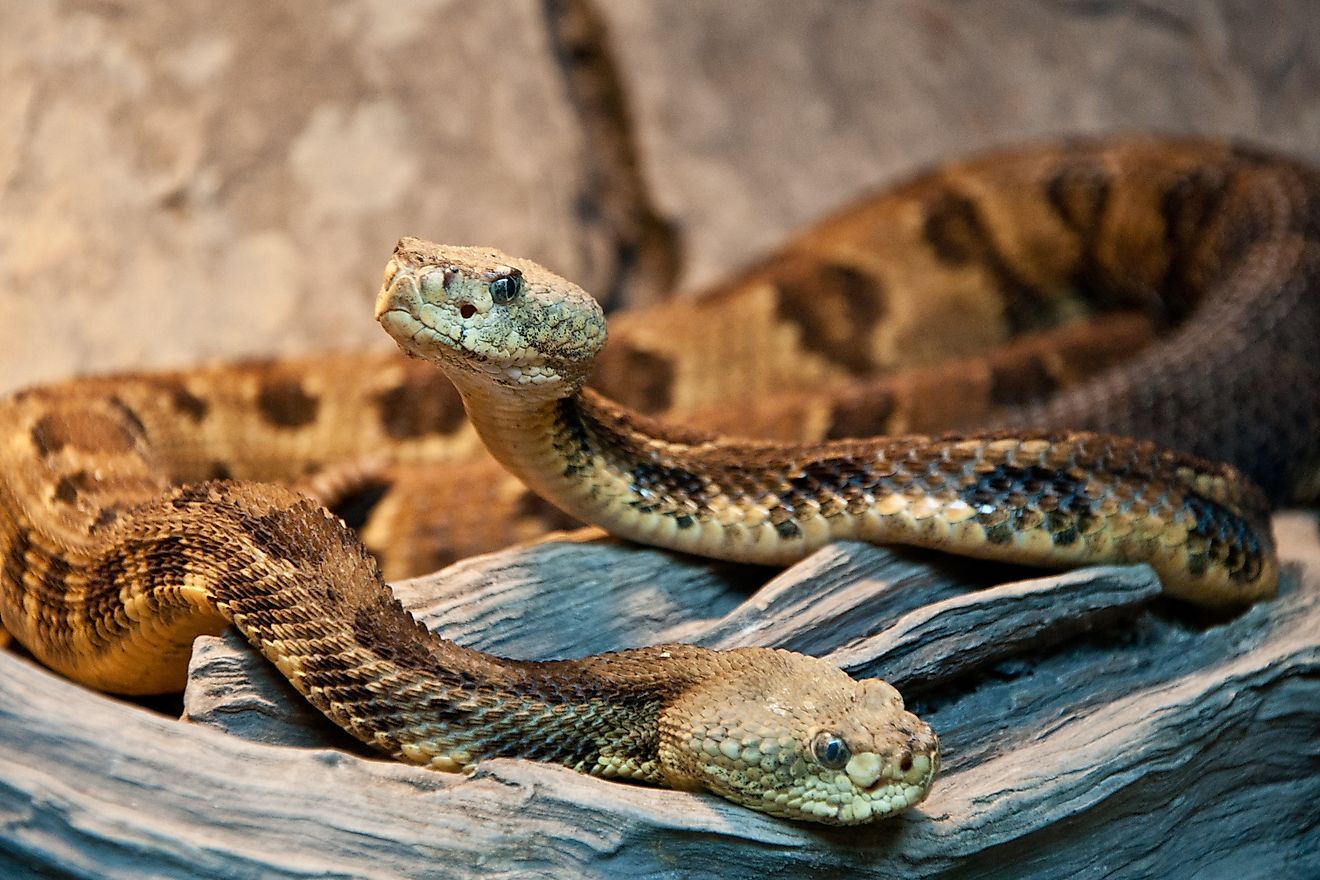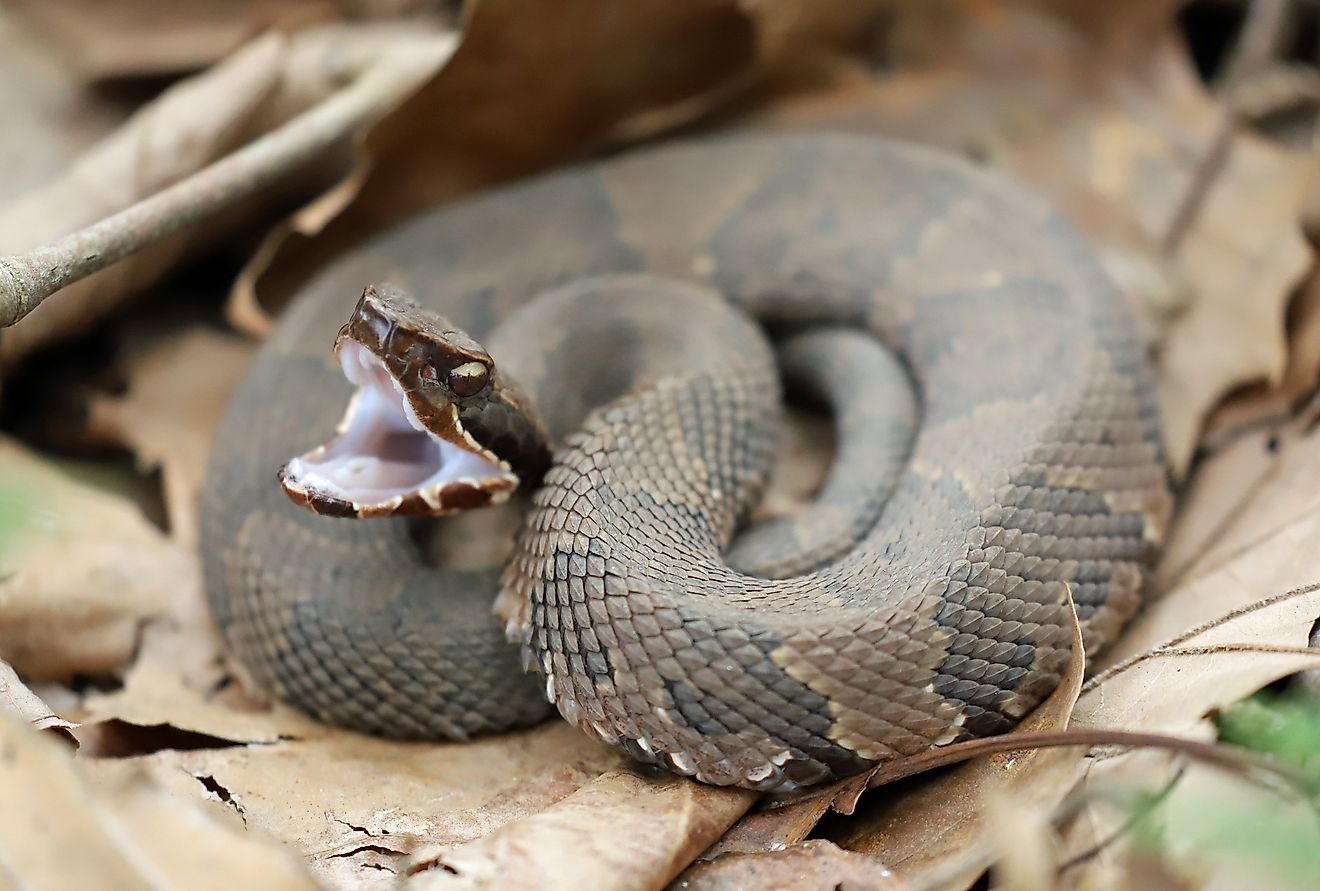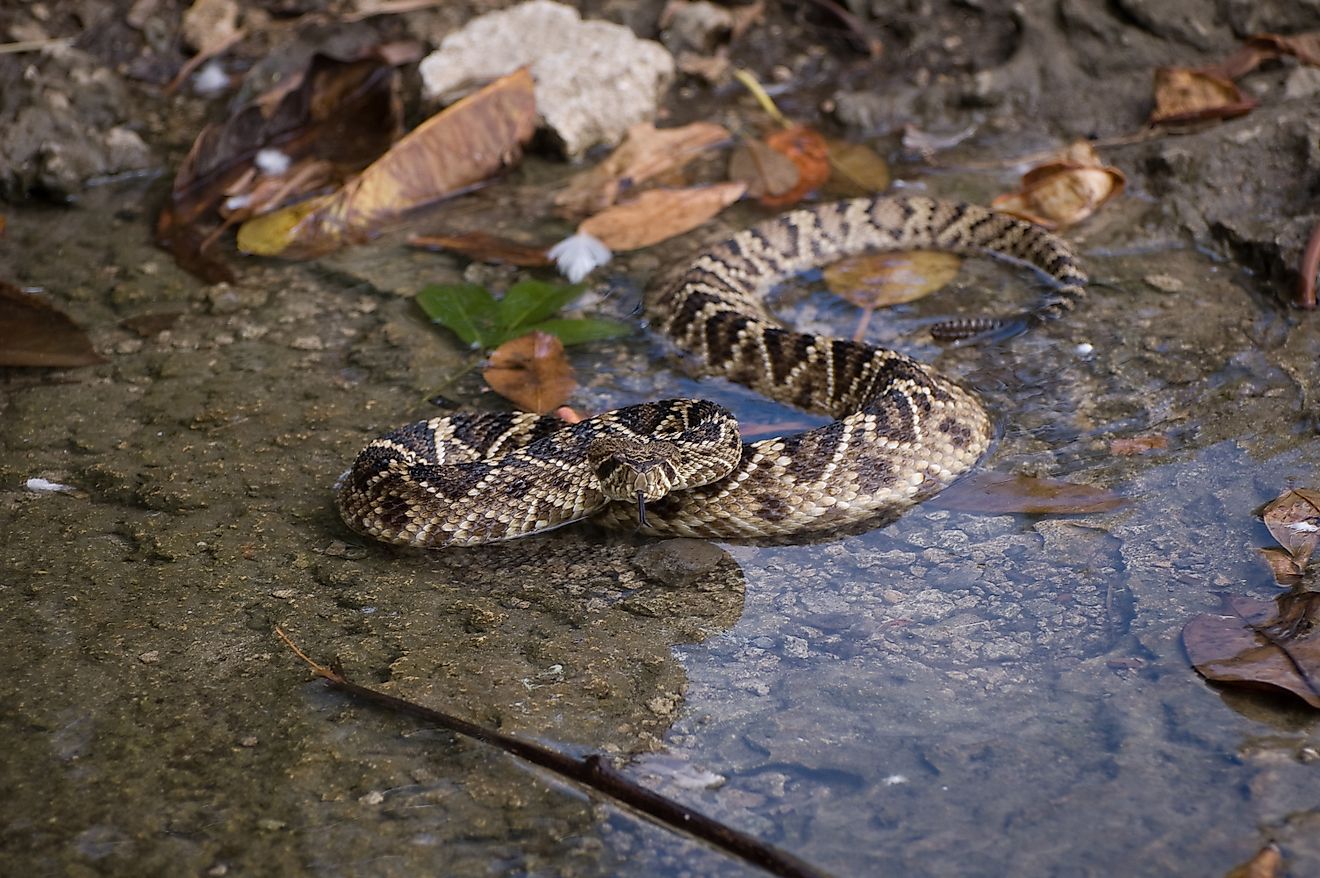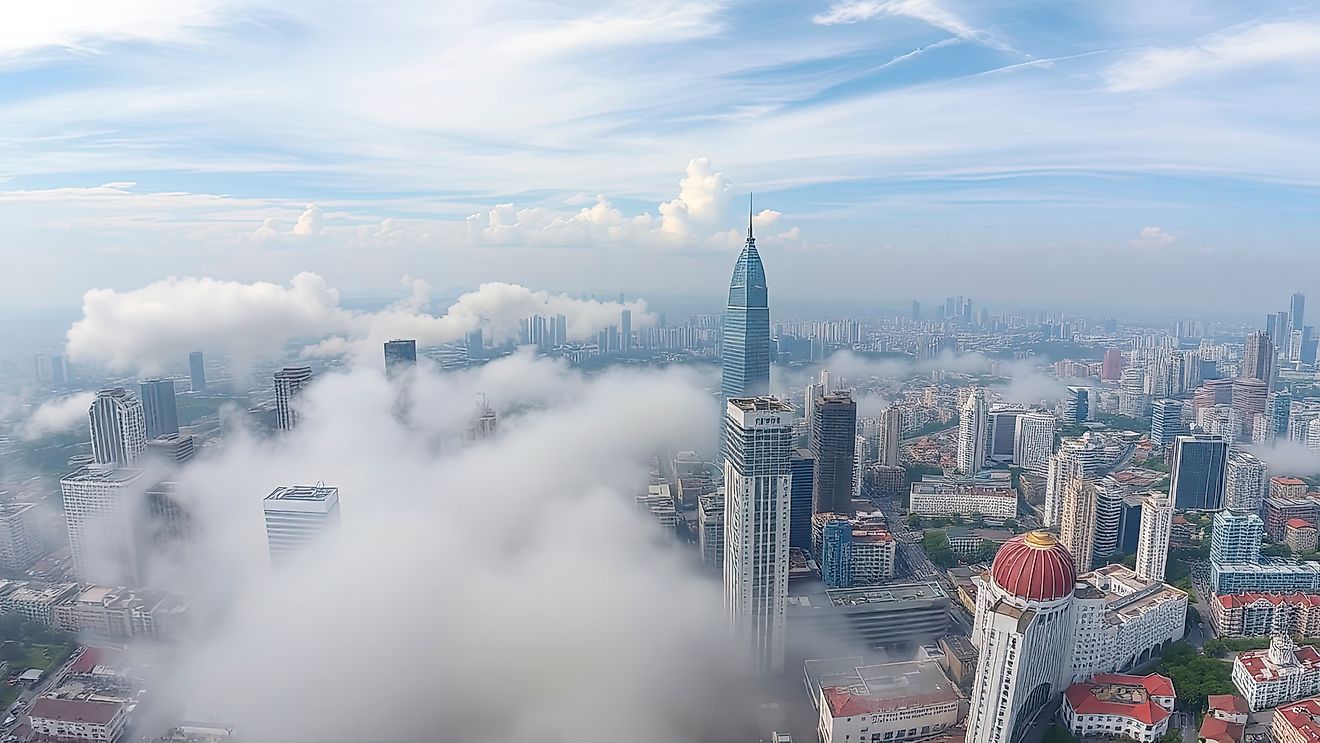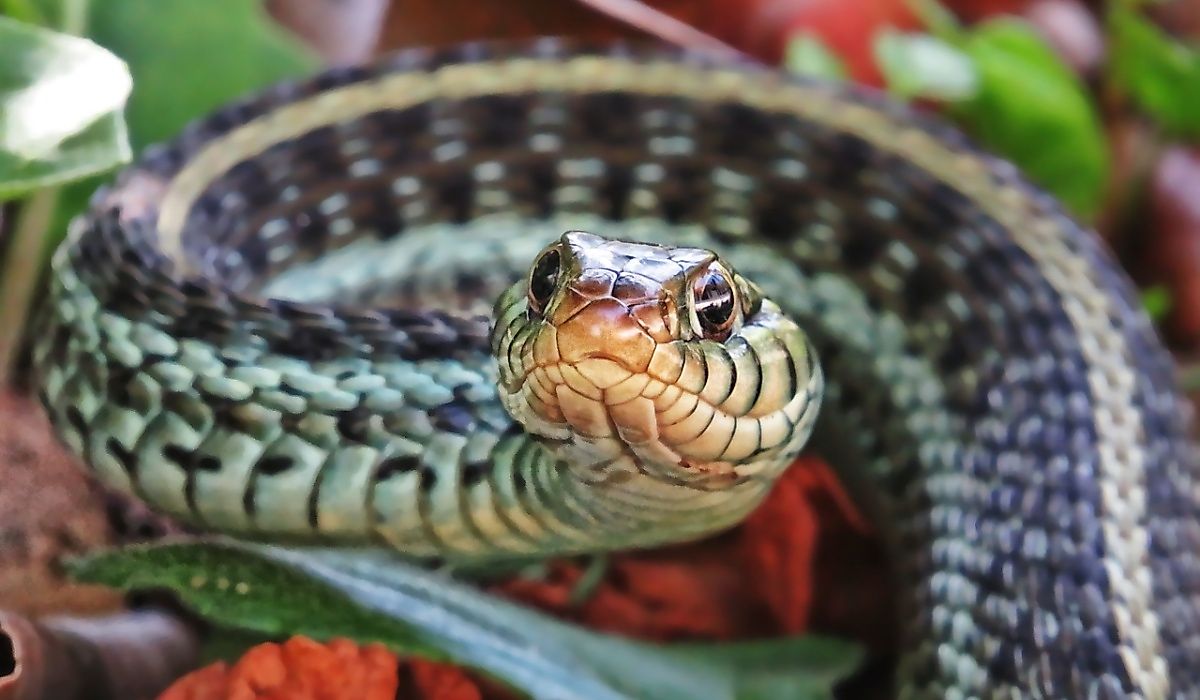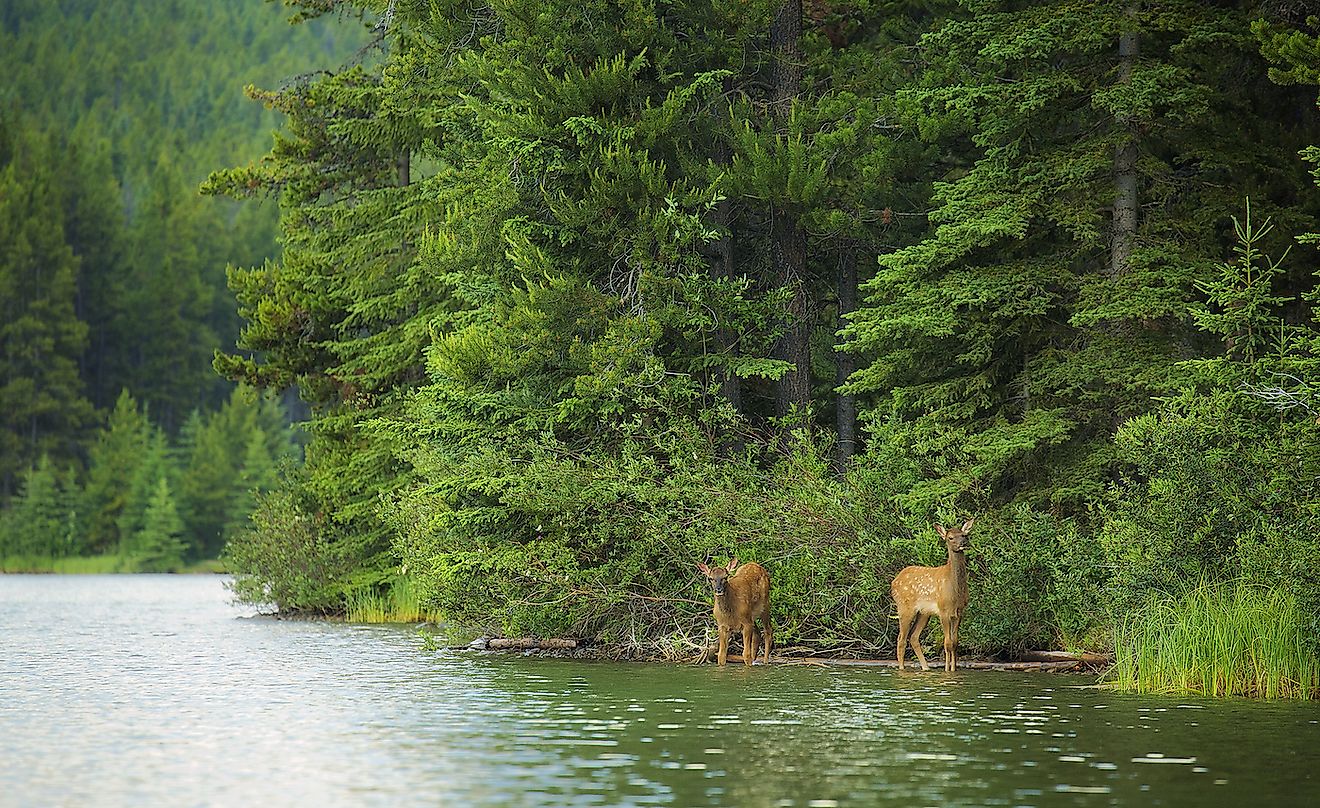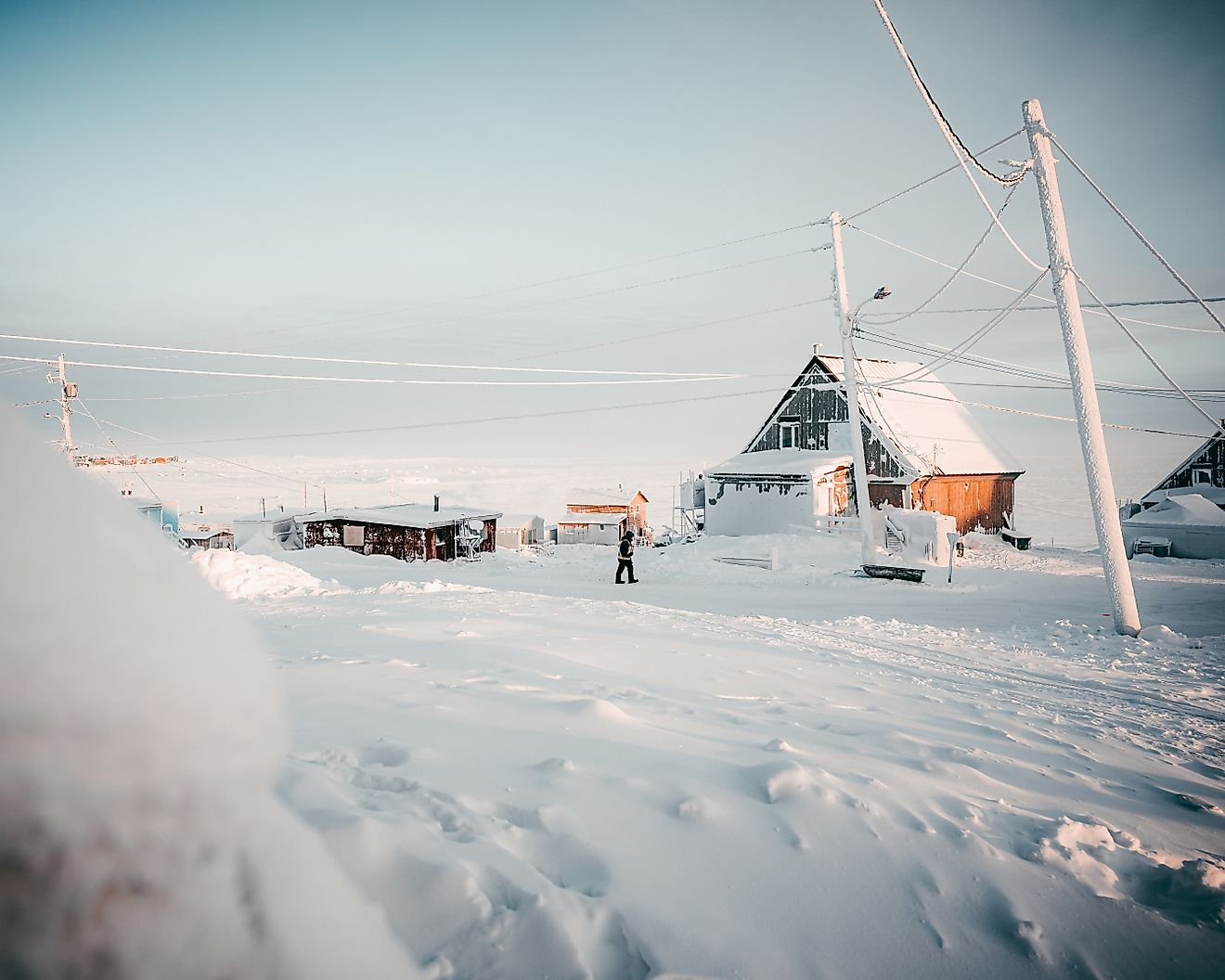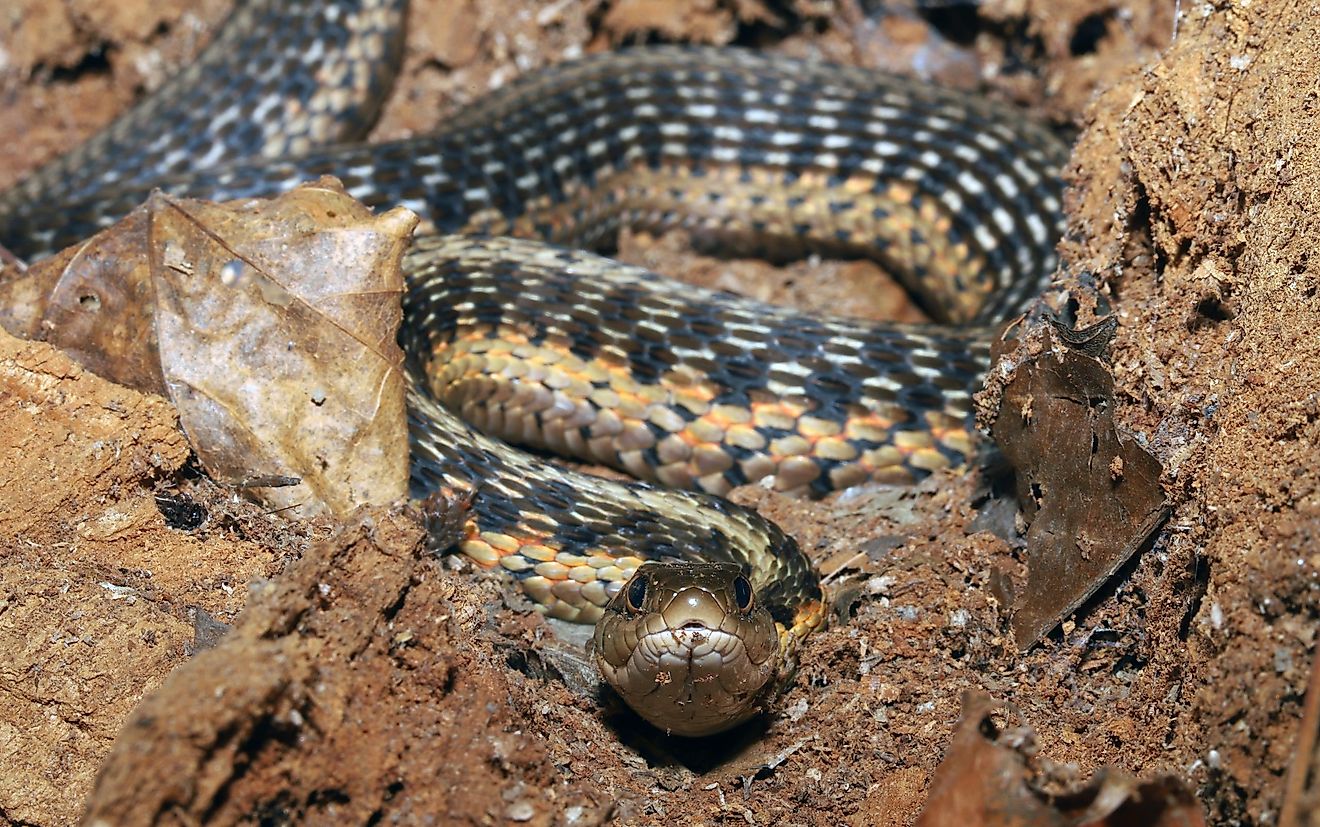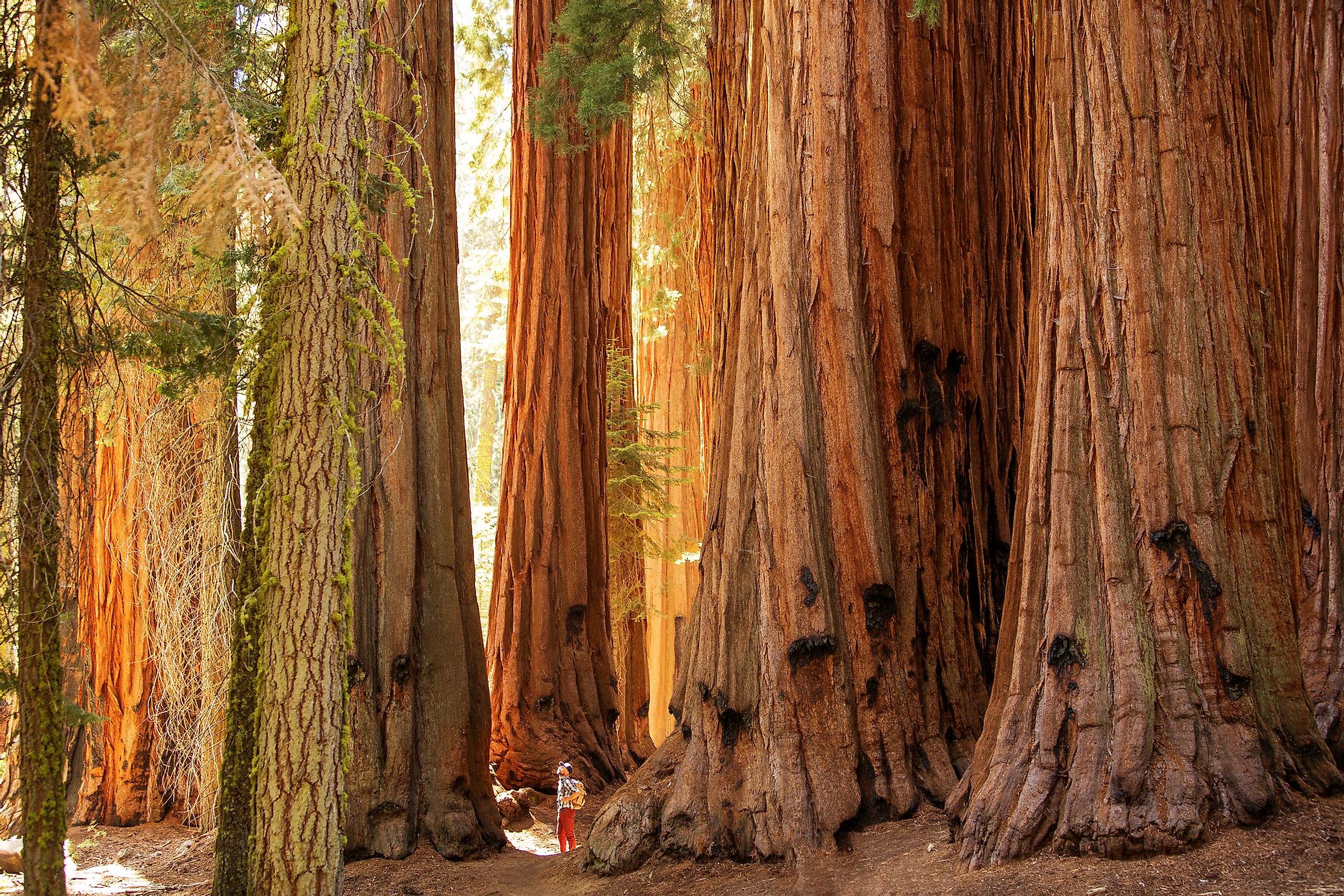
Why California's Mariposa Grove Must Be Saved
A sequoia grove known as Mariposa Grove is found in the southernmost region of Yosemite National Park, close to Wawona, California, in the United States. About 500 mature giant sequoia trees, perhaps the biggest living objects on Earth, are found in the Mariposa Grove. Just recently, a wildfire, known as the Washburn fire, is threatening this famous Grove, forcing the evacuation of a campsite and a nearby village in Yosemite National Park in California. According to Yosemite Park officials, the Washburn Fire, which is burning close to the bottom part of Mariposa Grove, is estimated to be 703 acres in size. Park authorities have announced that the Grove is closed until further notice while firefighters battle the wildfire from the air and on the ground. In addition to being a fight against the unrelenting effects of global warming, the effort to rescue the sequoias is also an effort to preserve a significant natural landmark and a piece of Western history. The following reasons demonstrate the necessity of protecting the Mariposa Grove.
Significant Natural Landmark
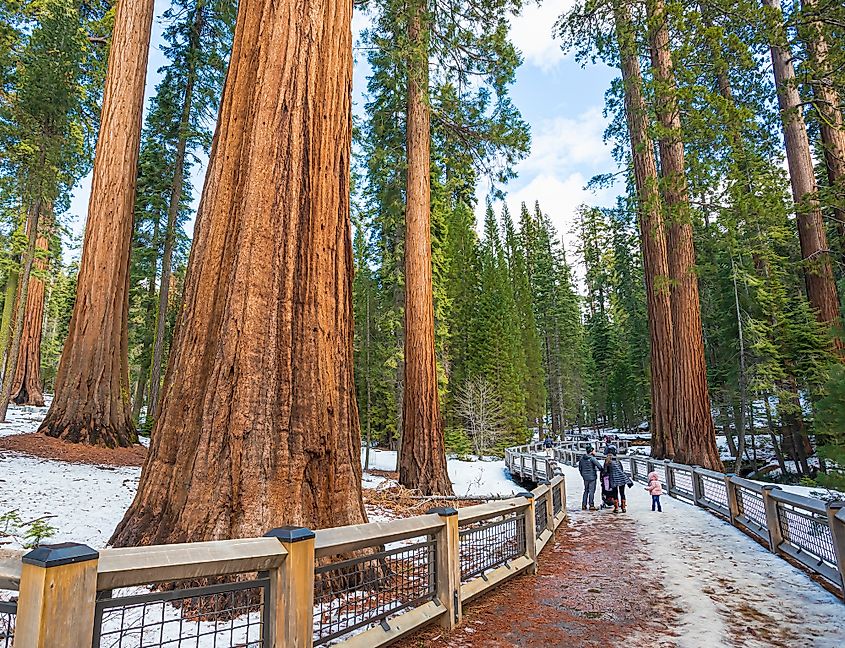
The giant sequoia only grows naturally in around 75 solitary groves on the western slope of the Sierra Nevada in California. These groves are the remnants of dense forests that predated our times by thousands of years. These magnificent trees are renowned for their enormous size and lengthy lifespans, which may exceed 3,200 years. Around 500 mature giant sequoia trees may be found in the Mariposa Grove of Giant Sequoias. With 86 percent of the park's documented adult giant sequoias, it is the biggest of Yosemite National Park's three giant sequoia groves and is predicted to draw more than one million people each year. The Washington Tree, which has a volume of 35,950 cubic feet, is the biggest in the Grove. One of the thirty largest trees in the world, the Grizzly Giant is the second-largest Giant Sequoia tree in the Mariposa Grove. It is 210 feet tall and has a volume of 34,010 cubic feet. The California Tunnel Tree, one of the most remarkable sequoias in the Mariposa Grove, is found near the Grizzly Giant. In the Mariposa Grove also stands The Columbia Tree, which is the tallest tree in the park at 285 feet.
Has A Rich Past
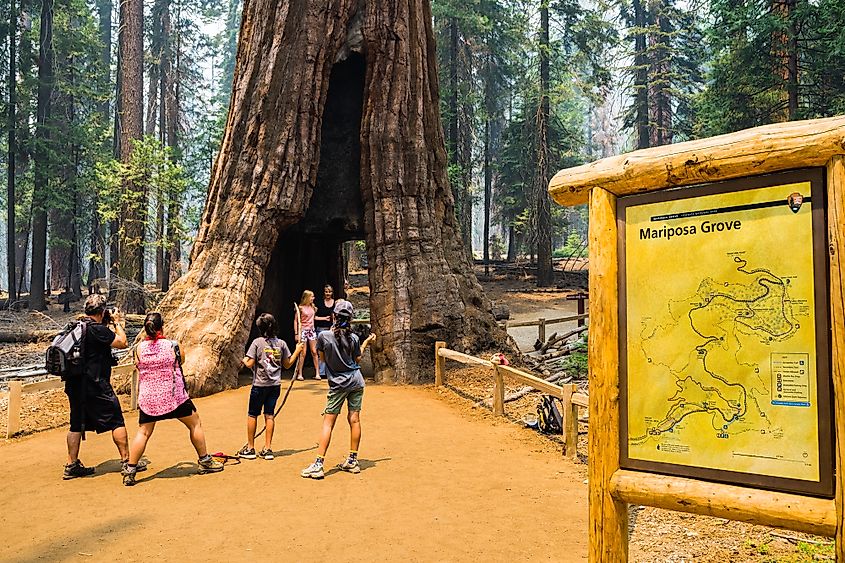
The National Park System may be said to have started because of this Grove and the well-known Yosemite Valley. President Abraham Lincoln designated the Mariposa Grove and the Yosemite Valley as the first federally protected properties in the United States in 1864, years before President Theodore Roosevelt created the National Park System. According to the Metropolitan Museum of Art, a photograph of the Grizzly Giant taken in 1861 by Carleton Watkins was one of the first images of Yosemite sent east and "helped seal the view that Yosemite was a vestige of Eden in North America."
Important Habitat For Fauna and Flora
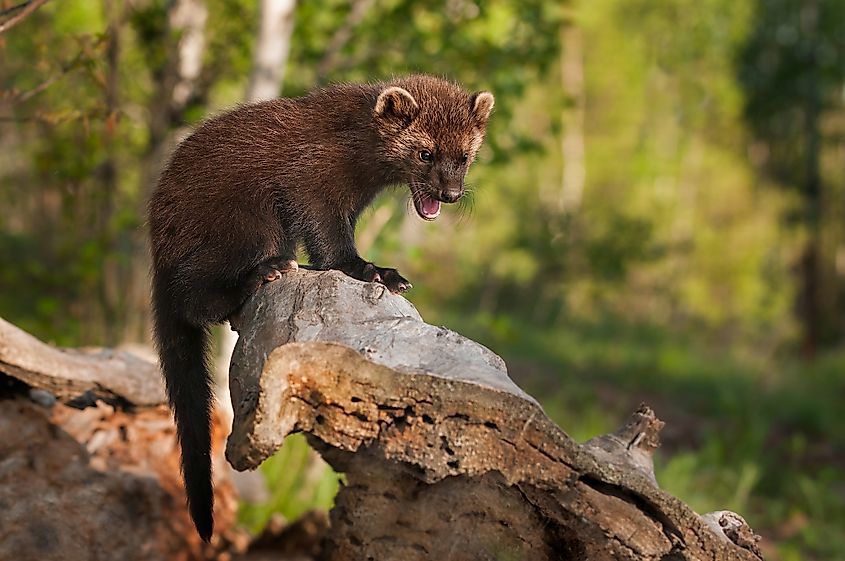
The Mariposa Grove ecosystem offers crucial habitat for a variety of animals and plants, including special status species like the Pacific fisher (Martes pennanti), which is federally proposed for listing under the Endangered Species Act. California spotted owl (Strix occidentalis occidentalis), and a variety of rare herbaceous plants like Bolander's woodreed (Cinna bolanderi), and Coleman's piperia (Piperia colemanii) are also found here.
Offers Great Recreation
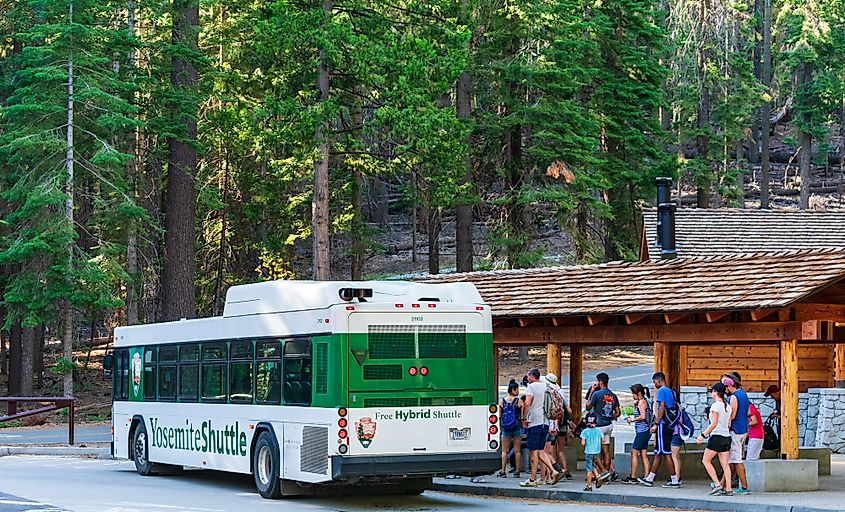
The Mariposa Grove became the first area in the world designated for preservation and leisure use. President Lincoln enacted a law in 1864 preserving Yosemite Valley and Mariposa Grove for "public use, resort, and recreation." This significant piece of law was passed during the Civil War and has prominent importance in the history of the country. The federal government designated scenic natural regions to be safeguarded for future generations, marking this legislation the first in the nation's history. Since then, a lot has changed in the region; in fact, the road that formerly provided access to the drive-through tree no longer exists. The Mariposa Grove was closed for more than three years while work on renovations began in 2015 by the National Park Service. The hard-surface roads and parking lots next to the Grove that were encroaching on the roots of the well-known trees have been removed. The Mariposa Grove is now accessible through a shuttle service from a brand-new tourist center that was constructed miles away. The main goal is to enhance visitors' entire experience in the Grove.
Among Yosemite National Park's finest attractions is the Mariposa Grove. The wonders of creation are beautifully displayed in this Grove. The highlight of a fantastic vacation will be strolling through the massive sequoia trees and experiencing their history, beauty, and story. You will have the time of your life no matter the season.
